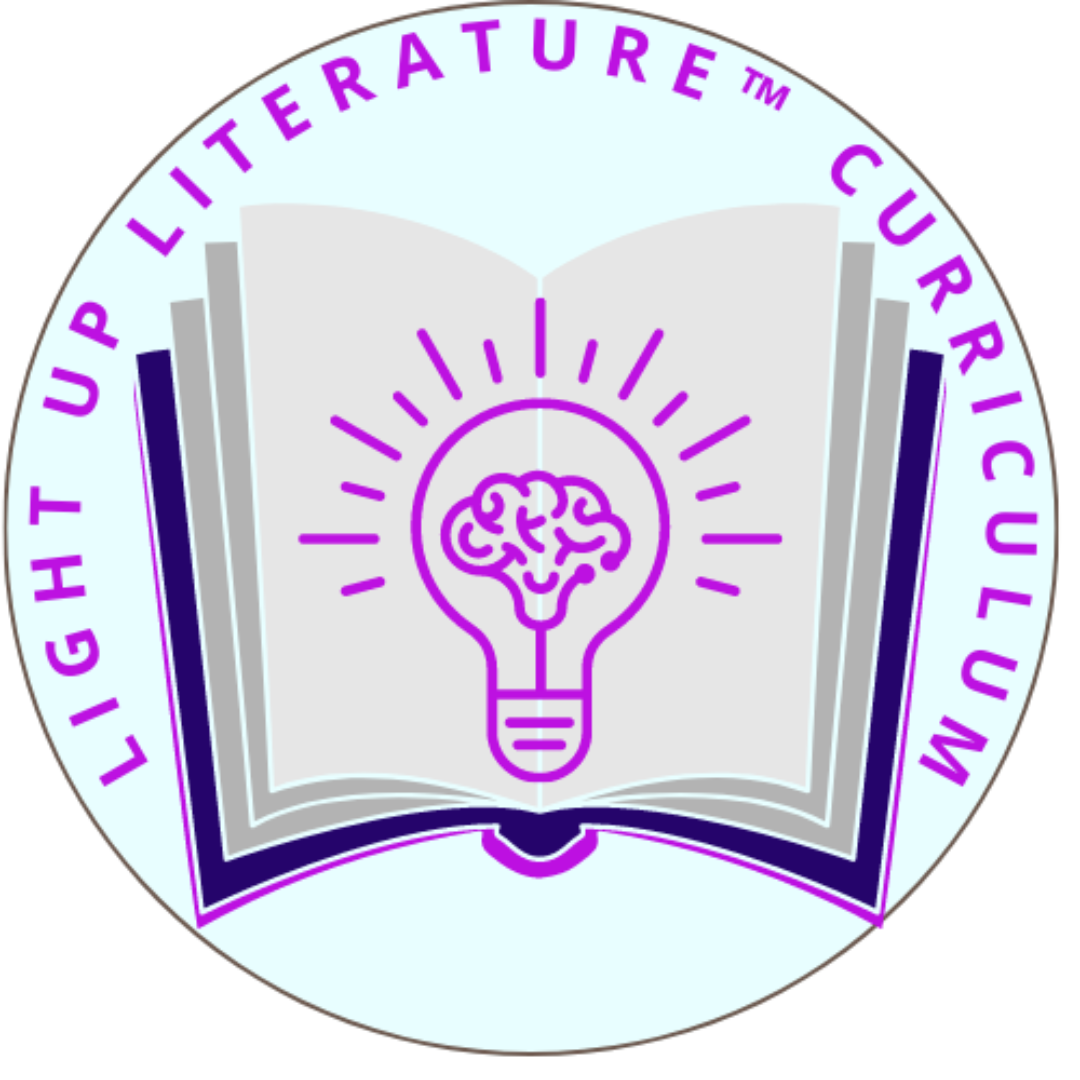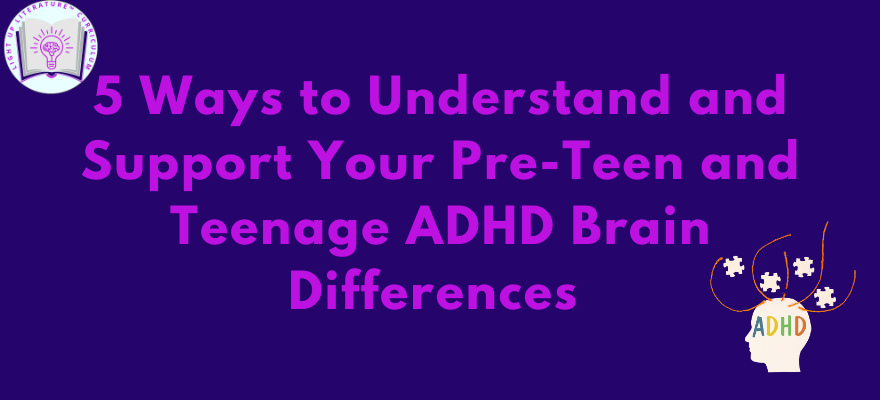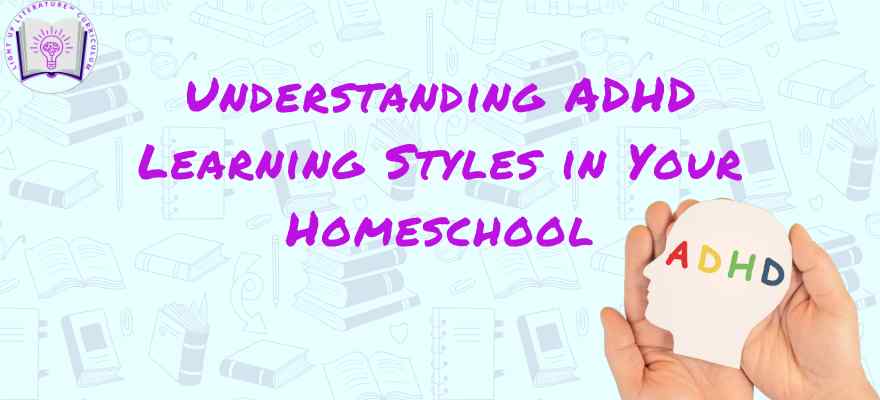Graphic Organizers: A Valuable Tool for ADHD Students in Homeschool and Middle School Environments

Graphic Organizers: A Valuable Tool for ADHD Students in Homeschool and Middle School Environments
Graphic Organizers: A Valuable Tool for ADHD Students in Homeschool and Middle School Environments
🌟 #ADHDEducation #Homeschooling #MiddleSchool #GraphicOrganizers #LearningTools #InclusiveEducation
Graphic organizers are versatile educational tools that have gained considerable recognition for their effectiveness, particularly among students with Attention Deficit Hyperactivity Disorder (ADHD). Their visual and structured nature makes them an indispensable resource in both homeschool and middle school settings, helping students with ADHD navigate the complexities of learning in a manner tailored to their unique needs. This article explores how graphic organizers can be a game-changer for ADHD students, enhancing their educational experience in homeschool and middle school environments.
Understanding ADHD and Learning
ADHD is a neurodevelopmental disorder characterized by symptoms such as inattention, hyperactivity, and impulsivity. These symptoms can significantly impact a student's ability to focus, organize information, and complete tasks. In the context of education, especially in homeschool and middle school settings, addressing these challenges becomes crucial to ensure effective learning and academic success.
The Role of Graphic Organizers in Supporting ADHD Students
Graphic organizers are visual representations of knowledge, concepts, or ideas, designed to help in the organization and analysis of information. They come in various formats, including mind maps, Venn diagrams, flow charts, and storyboards, among others. For ADHD students, these tools offer several benefits:
1. Enhancing Focus and Attention
The visual aspect of graphic organizers helps in capturing the attention of ADHD students. By presenting information graphically, these tools minimize distractions and aid in maintaining focus on the task at hand, a critical aspect in both homeschool and middle school learning environments.
2. Facilitating Information Processing
ADHD students often struggle with processing and retaining information presented in traditional text-based formats. Graphic organizers break down complex information into manageable, bite-sized pieces, making it easier for these students to understand and remember key concepts and relationships.
3. Improving Organization Skills
Organizational challenges are common among students with ADHD. Graphic organizers provide a structured framework for organizing thoughts, ideas, and information systematically. This not only aids in completing assignments more efficiently but also enhances overall learning and comprehension.
4. Encouraging Engagement and Participation
The interactive nature of creating and using graphic organizers can boost engagement and participation among ADHD students. In homeschool and middle school settings, where individualized attention and interaction are crucial, these tools can be particularly effective in encouraging active learning.
5. Supporting Visual Learning Styles
Many students with ADHD are visual learners, meaning they understand and remember information better when it is presented visually. Graphic organizers cater to this learning style, facilitating a deeper connection with the material being studied.
Implementing Graphic Organizers in Homeschool and Middle School Curricula
Incorporating graphic organizers into the curriculum requires thoughtful planning and creativity. Educators and homeschool parents can start by introducing simple organizers and gradually move to more complex ones as students become familiar with the concept. It's also important to encourage students to create their own graphic organizers, fostering independence and creativity.
Conclusion
Graphic organizers offer a powerful means to support ADHD students in homeschool and middle school environments. By leveraging these tools, educators and parents can provide a learning experience that is both engaging and effective, catering to the unique needs of students with ADHD. As education continues to evolve, the adoption of graphic organizers represents a step toward inclusive and accessible learning for all students, regardless of their challenges.





